Mortar & Pestle Story
On our quest to find an authentic ‘taste of place’ in Puerto Rico, there was one thing every chef, barrista, mixologist and local foodie said we had to taste: Ron del Barrilito.
A Puerto Rican Handshake
Produced in small batches according to a secret family recipe, Ron del Barrilito – the storied rum ‘from the little cask’ – gave us an unforgettable taste of Puerto Rico, and unlocked surprising insight into the island’s food scene.
.
March 23, 2016 | Text: David Rollins Photography: Rob Lee
Have you heard of a bartender’s handshake? I’ve never actually seen it happen, but apparently it’s customary for bartenders to share shots of Fernet Branca when meeting for the first time. In Puerto Rico, we recently learned, the bartender’s handshake is a shot of Ron del Barrilito.
It’s a dark Puerto Rican rum that was first produced in 1804 by Fernando Fernandez in Buyamón, just outside of San Juan. He owned and lived on a sugar plantation given to his grandfather by the Spanish crown in 1797 as thanks for fighting off pirates, and the British.
Like many plantation owners, Fernando made his own rum for personal use. Most producers used whisky barrels for aging, but Fernando aged his rum in small sherry casks imported from Europe. His sugarcane was pressed manually by his slaves until 1827, when he had them build a windmill that did the job mechanically, if the wind permitted.
His son Manuel greatly expanded the plantation, and became the richest man in the region. Then Manuel’s son Pedro brought in a still, and began aging rum in the same little casks his grandfather had used.
We visited their production facilities during a recent Puerto Rican adventure. The windmill doesn’t operate anymore, but its tower is still there. It houses the office of Manuel Fernandez, Fernando’s great-grandson. The place isn’t really set up for visitors, but Manuel kindly offered to show us the aging cellar. It was a heady 40 degrees Celsius in the cellar, and the first thing we smelled was… sherry? “Yes,” said Manuel, “we age the rum in charred sherry casks imported from Spain. It’s one of the things that creates our special flavour.” The other things are top secret, of course, but there was a distinct fragrance of Tahitian vanilla wafting in from somewhere, along with hints of Macadamia nut, allspice, and dried fig.

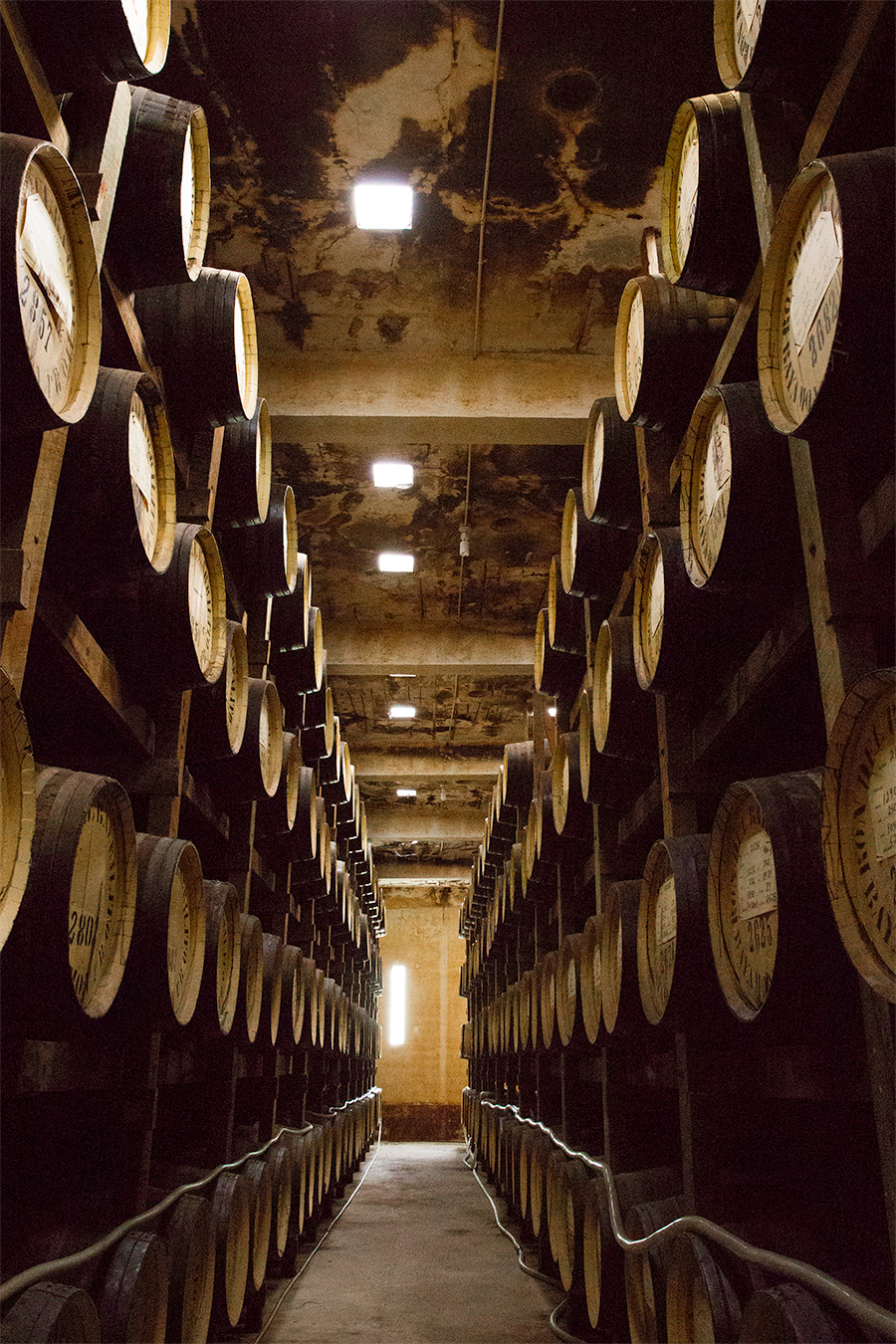
The casks used for aging Barrilito are not so small anymore, but the flavour of the rum still relies on flavours developed from aging in charred sherry casks.
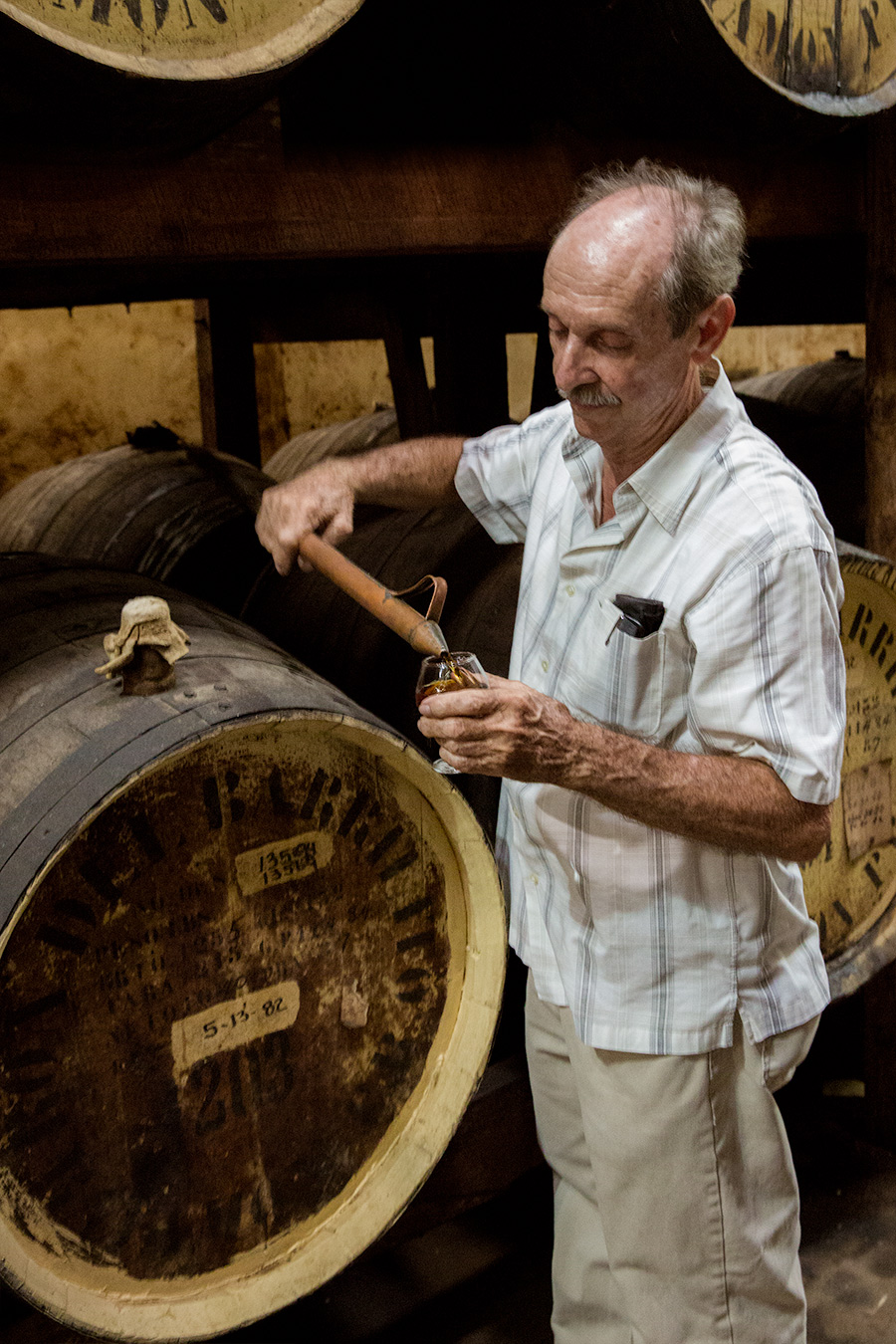
Manuel is a man as mellow and generous of spirit as his rum. In his right hand, the ‘thief’ used to pull samples out of the barrels.
Their ‘two-star’ rum is aged 2 years, and the ‘three-star’ is aged 6 to 10. The older rum is unctuous in the glass, and fills the nose with images of pirate ships laden with Caribbean spice, coconuts, and gunpowder. It tastes like a gentleman’s club, with hints of cigar, leather, old book, and sandalwood talc.
It fills the nose with images of pirate ships laden with Caribbean spice, coconuts, and gunpowder.
The unexpected thrill, however, is watching Manuel dip his copper ‘thief’ into casks dated 1995 and 1982 to steal samples for us. The old rums are thick, chocolaty, roasted, smoky. “There’s a cask from 1942,” Manuel tells us. “My grandfather requested it only be opened on the day Puerto Rico declares independence.”
We met some other really fascinating food people on the island – coffee producers, vegetable farmers, mixologists, chefs – and were amazed to hear them all talk with the same passion about how the food scene in Puerto Rico is so strongly tied to national identity, and driven by a hunger for agricultural self-sufficiency. It took us completely by surprise.
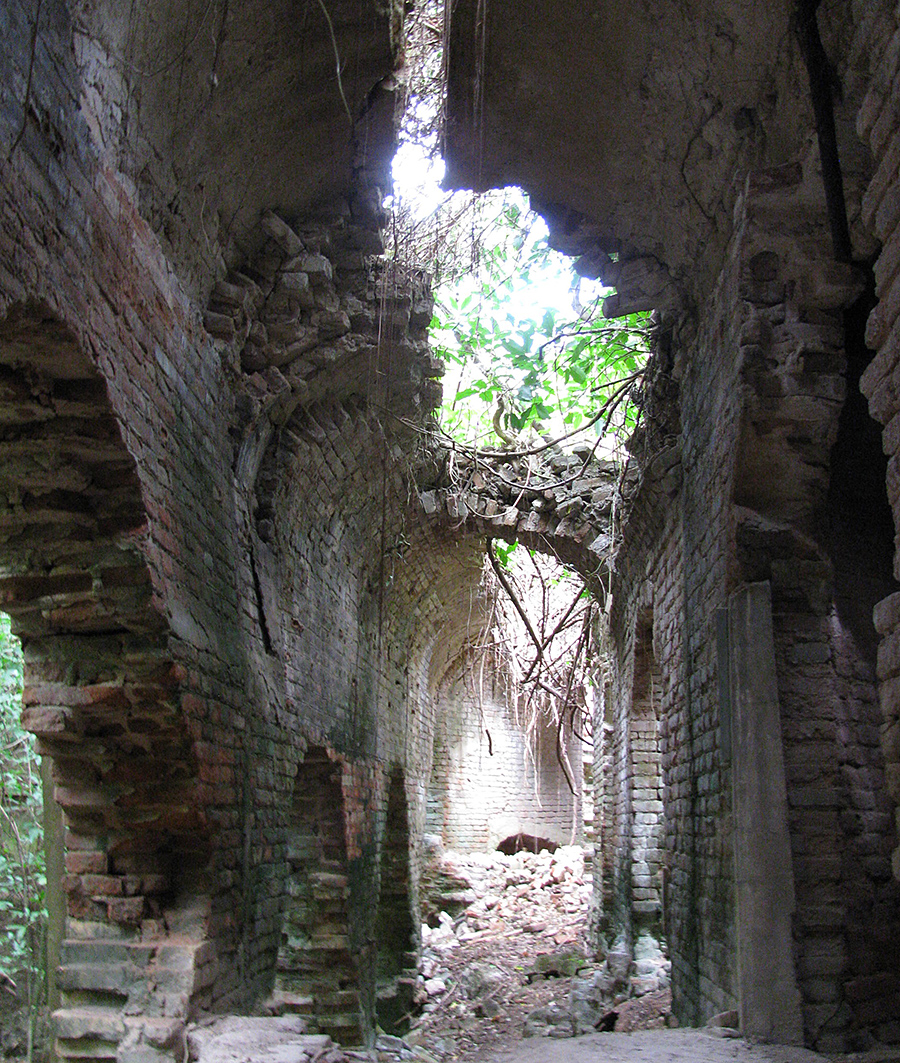
Puerto Rico was once the epicentre of an enormous sugar industry. Its former mills are now ruins, but the rum industry they spawned still thrives.
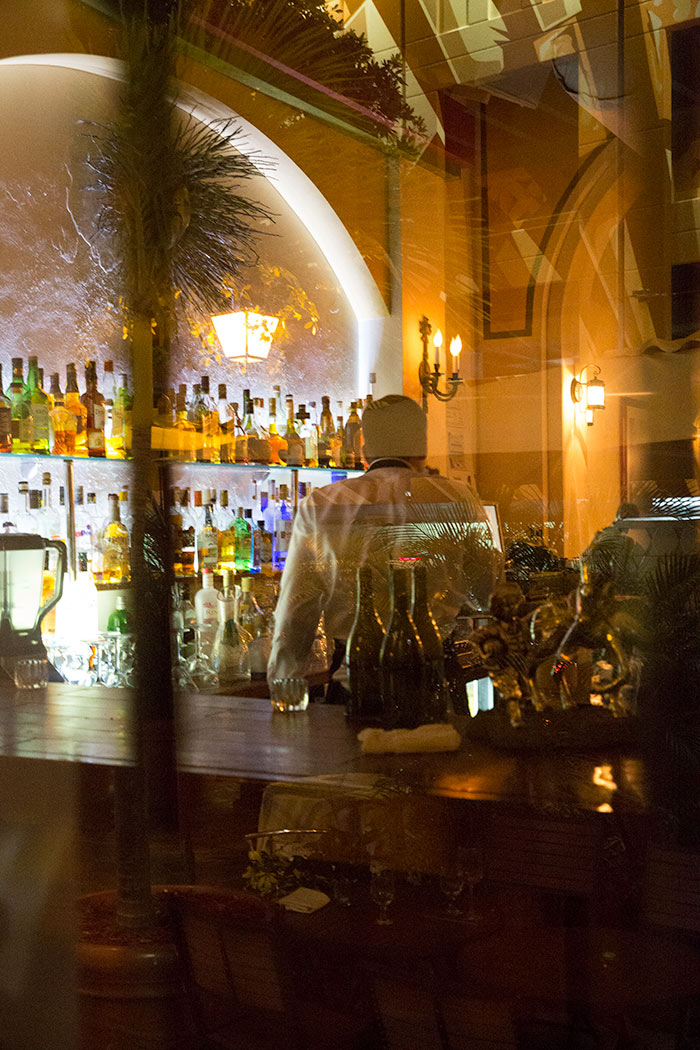
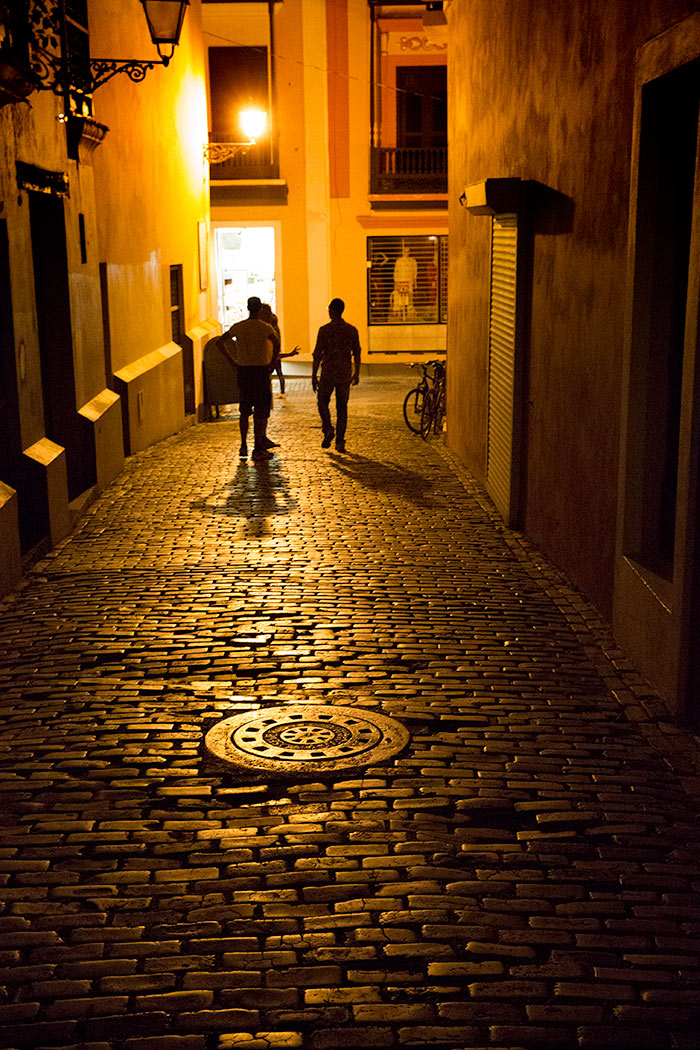
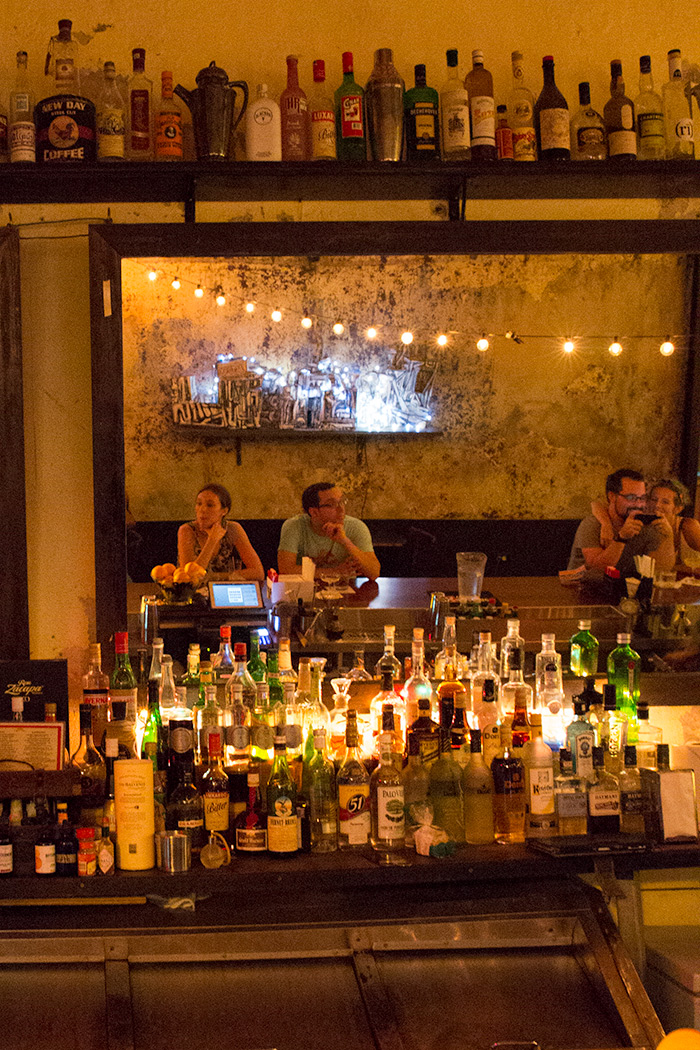
There was a wave of internationally flavoured fusion-style restaurants that emerged in Old San Juan about 10 years ago (think lounge music and appletinis), but it seems the story now is about re-appropriating and celebrating authentic Puerto Rican flavours.
So it’s not hard to understand the pride Barrilito inspires. “It’s is something distinctly, unmistakably Puerto Rican,” our bartender Misael told us at Factoria, a bar with no sign that was a longtime hangout for separatists.
It’s Misael who tells us about the ‘handshake.’ He also explains that while technically Bacardi is also a Puerto Rican rum, the company only came to San Juan from Cuba in 1960, and so to many older Puerto Ricans, it’s still an import. The locals drink Don Q, another local rum, but for a real taste of Puerto Rico, it seems, “there is only Barrilito.”
Our adventures in Puerto Rico and the flavours of Barrilito inspired this dessert – it’s based on a recipe by Louis François Marcotte (a local superstar), but wildly adapted. His white chocolate whipped cream had us grasping for adjectives.
Spicy Roast Pineapple
serves 6
- 1 ripe pineapple
- 1 cup water
- 1/4 c dark rum
- the juice of an orange
- 1 ripe banana, mashed
- ½ c sugar
- the seeds of 1 vanilla pod
- 2 tbsp. unsalted butter
- 1 2-inch piece of fresh ginger, grated
- 2 cinnamon sticks, broken
- 5 cloves
- 3 whole star anise
- 1 small dried red chile, crushed
White chocolate whipped cream
- 1 cup white chocolate, chopped
- 2 cups heavy cream
- toasted coconut for garnish
Place the chocolate in a bowl. In a saucepan over medium heat, bring the cream to a boil. Remove from heat and pour over the chocolate. Melt 1 minute, then whisk until the mixture is smooth. Cover with plastic wrap and refrigerate until cool, about 1 hour.
Preheat oven to 400° F. Peel and slice the pineapple into 6 wedges, removing the core. In a mixing bowl, combine the water, rum, orange juice and mashed banana.
In an oven-safe skillet, over high heat, melt the sugar until liquefied and caramelized. Carefully add the rum mixture (it will sputter) and cook 2 minutes. Add the pineapple wedges, vanilla seeds, butter, ginger, spices, and chile. Transfer the skillet to the oven and bake until the liquid is reduced to a thick caramel, about 30-40 minutes, basting once or twice. Allow to cool slightly.
Meanwhile, in a bowl, beat the chocolate-cream mixture until soft peaks form. Serve the warm pineapple with the white chocolate whipped cream, and garnish with toasted coconut.

